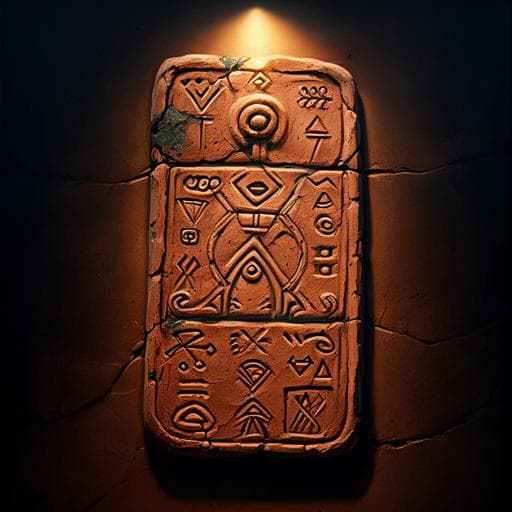
Linguistics and Languages
A method of identifying allographs in undeciphered scripts and its application to the Indus Valley Script
S. Daggumati and P. Z. Revesz
Discover a groundbreaking approach by Shruti Daggumati and Peter Z. Revesz for identifying redundant signs in undeciphered scripts! This innovative method, applied to the Indus Valley Script, reveals its multi-directionality and proposes a reduced sign list that could transform future decipherment efforts.
~3 min • Beginner • English
Related Publications
Explore these studies to deepen your understanding of the subject.







